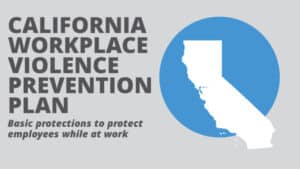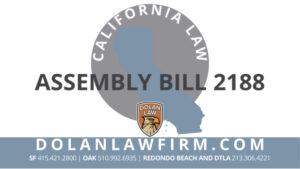All California employees accrue sick time at their jobs. At a minimum, an employee must accrue one hour of paid sick leave for every 30 hours worked. For a regular full-time employee, that works out to approximately 1.3 hours of sick time earned each week or 5.3 hours each month. This leave may be used for the diagnosis, care or treatment of an existing health condition, or, importantly, preventative care for you or a family member.
Employers in California are required to track sick time on each employee paystub. Those workers that are unsure how much sick time they have remaining should be able to review their most recent paystub to see both:
a) whether the sick time is accruing correctly; and,
b) exactly how much sick time is available currently.
In San Francisco, local government has, in response to the pandemic, implemented an ordinance guaranteeing an additional five days of paid leave for each San Francisco worker affected by COVID-19 (known as the Workers and Families First Program). Importantly, this program will also provide support for local businesses by using funds specifically reserved for small businesses (50 or fewer employees) to contribute up to 40 hours at the $15.59 minimum wage per employee to help cover the impact the additional sick leave will have on employers.
Employees who Contract COVID-19, or whose family members do, may be entitled to leave under the California Family Rights Act (CFRA).
The CFRA allows leave from work for serious medical issues. This type of leave may be available for workers affected by COVID-19. Not all employers must allow this leave, and not all employees are eligible.
An employer is a covered entity under the CFRA and must allow leave to eligible employees if they employ more than 50 employees in a 75-mile radius of your worksite. Roughly, if there are 50 or more employees in the Bay Area, with a few specific exceptions, they are likely a covered employer. In order for an employee of a covered entity to have leave rights under the CFRA, the employee must have worked for that employer for at least 1 year and must have worked 1250 hours within the last 12 months. That works out to an average of just over 24 hours a week.
If the eligibility requirements are met, the CFRA allows an employee to take up to 12 weeks of unpaid leave for a number of issues including the employee’s own serious health condition or the serious health condition of a spouse, child, or parent. If an eligible worker contracts COVID-19, is quarantined because it is suspected, or if they must stay home to care for a close family member who has contracted the virus, they should be entitled to 12 weeks of leave.
An employer may require that a worker provide medical certification of the underlying serious medical condition. That may be impractical during this pandemic given that doctors and other health care providers are working to diagnose and treat urgent medical needs. It would be advisable for a worker seeking leave under the CFRA to request a stay-at-home instruction from a physician and provide that to the employer when requesting the leave. In a pandemic, employers will be expected to use their judgment as well as public health recommendations to determine whether to require, or waive, the usual certification requirements.
A worker seeking leave should give the employer notice of the need for leave as soon as practical. However, the law anticipates that some medical conditions are emergent and do not allow for a lengthy notice period.
While CFRA provides job protection, it does not provide monetary benefits. However, up to 6 weeks of payments may be available concurrently through California Paid Family Leave.
California Paid Family Leave
California Paid Family Leave (PFL) is a program administered through the Employment Development Department. PFL provides partial wage replacement benefits to employees who need to take time off from work to care for a seriously ill family member (child, parent, grandparent, grandchild, sibling, spouse, or registered domestic partner) or to bond with a new child. There is no requirement that an employee have worked at a given employer for any specific amount of time. This is a broader scope than the CFRA, so it is possible that some persons may be eligible for these monetary benefits, but who are not given job protected leave under the CFRA.
Eligible applicants for these benefits may receive approximately 60-70% of their wages, depending upon income. The length of time at a job does not determine eligibility. However, the amount of benefits will be calculated based upon the wages that the applicant earned in the period five to 18 months prior to the claim period.
Starting on July 1 of this year, the six weeks of paid leave will be increased to eight weeks available per 12-month period. An applicant may file a claim online by going to https://edd.ca.gov and searching for “SDI Online”, or an application may be filed by mail.










